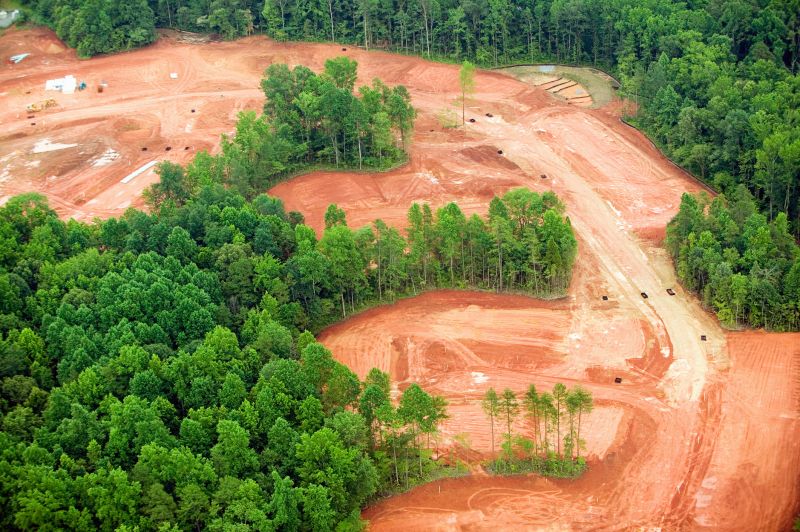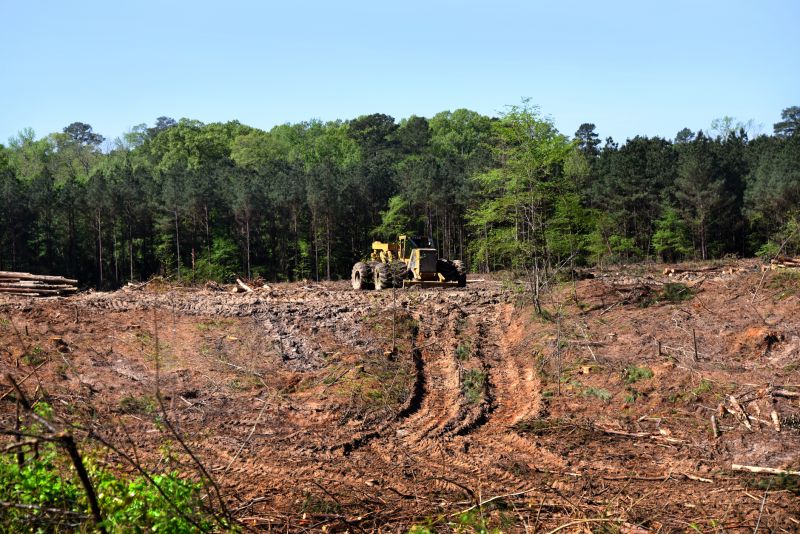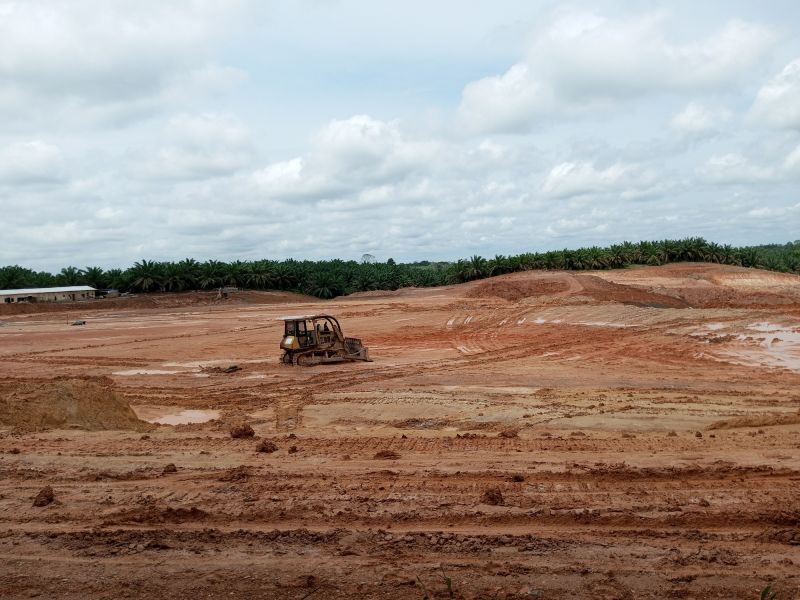Optimal Timing for Land Clearing
Land clearing is a vital step in preparing a site for construction, agriculture, or development projects. The timing of land clearing can significantly impact project efficiency, costs, and environmental considerations. Understanding the optimal periods for land clearing ensures that work proceeds smoothly and with minimal disruption.
Spring is often preferred for land clearing due to favorable weather conditions and increased soil moisture, which facilitates equipment operation.
Summer can be suitable in cooler, early months but may pose challenges due to higher temperatures and potential for drought conditions.
Fall allows for land clearing before winter, with cooler temperatures reducing heat-related risks and allowing for better site preparation.
Winter is generally less ideal due to frozen ground and weather constraints, which can hinder equipment and delay work.

Preparation during spring ensures the site is ready for subsequent construction phases.

Summer work requires consideration of weather and soil conditions for effective clearing.

Fall provides an ideal window before winter for completing clearing tasks.

Limited in Maryland due to weather, but possible in milder periods.

Heavy machinery performing land clearing tasks.

Site after land clearing is completed, ready for development.

Removing trees and brush during optimal seasons.

Preparing land for construction or planting.
| Season | Best Practices |
|---|---|
| Spring | Start early to avoid spring rains; soil moisture aids equipment operation. |
| Summer | Monitor weather for high temperatures; plan for drought conditions. |
| Fall | Complete clearing before winter; ideal for site preparation. |
| Winter | Limited activity; focus on mild periods for essential work. |
| Regional Factors | In Maryland, spring and fall are most suitable for land clearing activities. |
Land clearing involves removing trees, brush, and debris to create a usable site for various projects. Proper timing minimizes delays and reduces costs associated with weather-related disruptions. Effective planning considers regional climate patterns, soil conditions, and project timelines to determine the most appropriate period for land clearing activities.

Equipment performing land clearing tasks during optimal seasons.

Post-clearing site prepared for construction or planting.

Removing trees and brush efficiently during suitable seasons.

Tools and machinery used in land clearing projects.
Interested in scheduling land clearing services? Filling out the contact form provides an opportunity to discuss project timelines and specific site requirements for optimal results.
